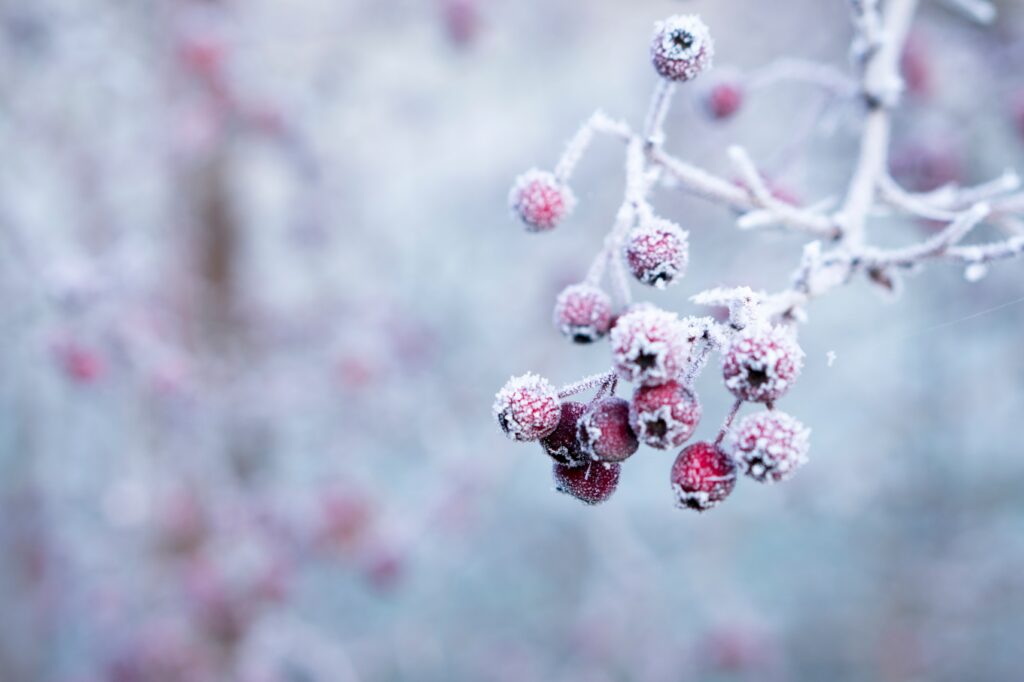“And don’t think the garden loses its ecstasy in winter. It’s quiet, but the roots are down there riotous.” – Rumi
Once again, here we are welcoming the Winter Solstice, the longest night of the year, the height of darkness. Yet this moment also marks the gradual return of the light, the reminder that there is always the possibility for new beginnings.
Celebrating the solstice means holding both of these complementary forces. We joyously call back the sun, but we also listen for the wisdom of, and the gifts, that come only in the dark winter ahead.
Solstice Rituals
Devotional practices that are designed to connect us with Nature’s cycles put us in a more intimate relationship with what sources us, with what we belong to.
Winter is our opportunity to honor the darkness that is also a part of life, to reaffirm the light that likewise is always there, and to intentionally sow the seeds of a next cycle of growth. There are many creative ways we can do this.
Watch the sun rise or set on the solstice.
Light one large candle as you turn off every electric light (or don’t use them at all this day) – let yourself really be in the darkness and stillness.
Write onto a piece of paper all that you are ready to release, and burn this in a cast iron cauldron or pot or a bonfire (if available).
Consider building a solstice altar or undertaking a more involved winter altar practice (more on these below).
In its simplest expression, a solstice altar is made of meaningful items that carry the four elements of Nature (a candle, a glass of water, incense, soil or greenery, for example) and embody the essence of this moment.
A few ideas:
Use black and gold candles to represent the dark night and the light of the sun.
Include small branches of evergreen to bring in the energy of continued life and growth.
Burn frankincense or myrrh incense (traditionally used to create a meditative, self-reflective state) to help you attune to the silence of solstice and your own inner light.
Here is one example of a winter altar practice, one in which your dreams and visions gestate, growing in power (as seeds now do in the cold earth) until they are ready to blossom in the spring.
Green is the color associated with both the fertility of the natural world, and the heart chakra. Using a green altar cloth and candle speaks to manifestation that is in alignment with your heart, with your highest Self.
Anoint a tall green votive candle with evergreen oils such as rosemary or juniper; place in a glass holder in the center of your altar cloth.
Add sprigs of evergreen and a chalice of pure water, a small bowl of seeds and an orange (representing the potential and fruiting of your intentions) to your altar.
Onto a piece of paper, list each thing you want to give form to, as an expression of gratitude to the creative force of the universe (for example, “Thank you for manifesting the light-filled apartment, the tools I need to build my art practice, the space in which to open a community center”). Articulate your desires clearly and with detail.
Into a red piece of cord or embroidery thread, speak aloud and tie a knot for each wish. Place this knotted “rosary” around the green votive, and the folded paper underneath.
Replace the candle when it burns down, re-reading your gratitude list each time. When leaving the house, remember to snuff your candle instead of blowing it (and the energy you put into it) out.
Continue working this altar until the Spring Equinox, when the altar objects (the paper, seeds, fruit, greenery) can be buried in the earth.



